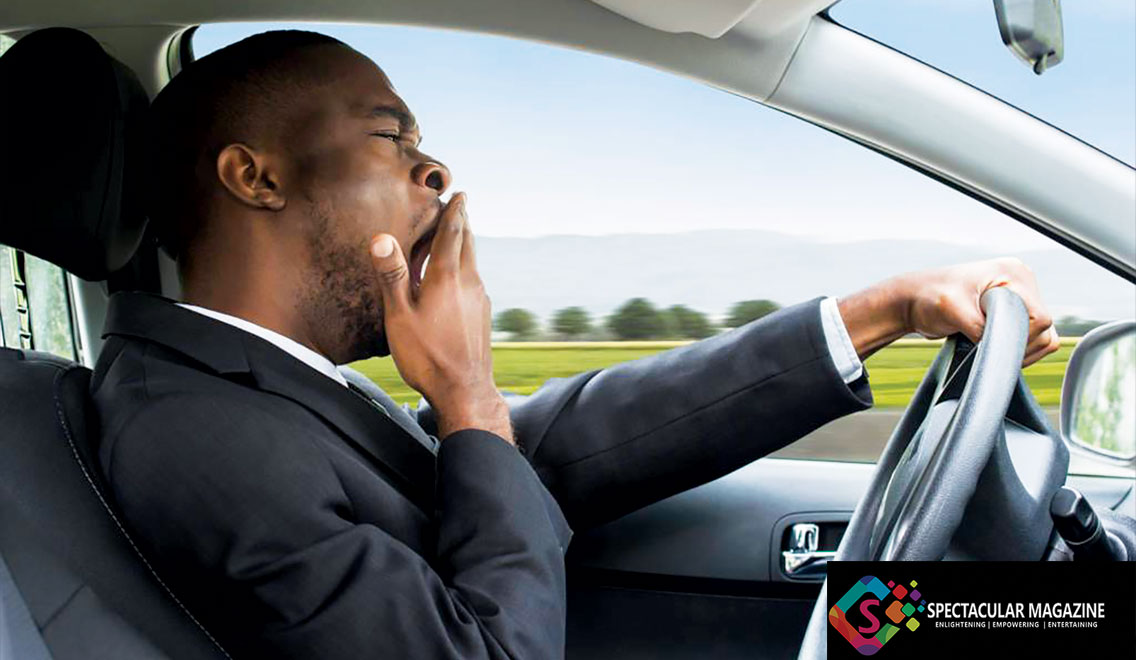From Drunk Driving To Drowsy Driving: Why We Need To Wake Up To Tiredness On Our Roads
There’s all manner of stipulations in place to ensure we stay safe behind the wheel. There are strict laws against drunk driving. There are even laws against driving on drugs and some prescription pills. But, there is one area in which needs a little more attention.
We are, of course, talking about driving tired. This is something we’re all guilty of and, for the most part, we’re pretty good at pulling over. But, there are drivers out there who ignore the warning signs and put themselves and others in danger.
To make matters worse, a study released by AAA earlier this year suggests that figures from accidents like these are higher than we think. By studying dashboard cameras after crashes, they were able to conclude that drowsiness was a contributing factor to 9.5% of accidents. This is compared to federal estimates which state drowsiness only contributes to 1%. That’s a pretty substantial difference.
Of course, the main reason for this discrepancy is difficulty in proving drowsiness. Unlike drunk driving, there isn’t a breathalyzer test to catch drivers out. It’s no surprise, then, that the severity of this issue is under-recognized. But, given that driving on less than five hours sleep is as bad for perception as drinking, this is an issue we need to address.
Luckily, driving while knowingly tired is now a criminal offense in many states. But, given how tough this is to prove, it still seems as though something more needs to be done. For proof, we only need to look at the way trucking companies operate.
Thanks to HOS regulations, for instance, those who drive trucks for a living are obligated to take regular breaks. In most cases, trucks are fitted with devices which track hours spent on the road. This is the first place a lawyer seeking conviction after an 18 wheeler crash will look.
And, it’s possible we should adopt the same methods in our cars. Like black insurance boxes, these could track the time we spend driving, and alert us when we need to take a break. It’s a pain, perhaps, but one which could save lives.
Equally, you could argue that more sleep-related stops need to be put in place. While drivers are on the highway, for example, they may come across long stretches where there’s nowhere to stop even if they do feel drowsy. This is a serious issue, and it could be partly to blame for problems here. By creating clear stop-off points at regular intervals along our roads, we could really lessen accidents like these.

Lastly, it seems we need to do more to ensure drowsy driving laws are made clear and implementable across our country. At this stage, few people realize drowsy driving is an offense. Even in areas where laws like these have been passed, police are left unsure how to implement them. Perhaps, then, perception tests should be introduced to judge how alert drivers are. Either way, we need to wake up and smell the risk.

